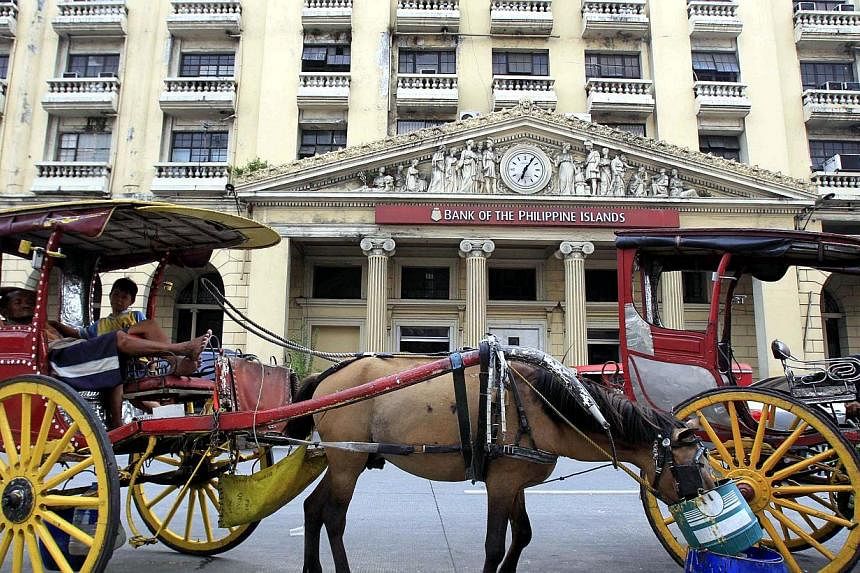MANILA (REUTERS) - Philippine President Benigno Aquino has signed into law a bill allowing foreign banks to take full control of local lenders, in line with the government's push to strenghten the country's capital and financial markets.
The act replaces a cap of 60 per cent on foreign ownership of Philippine lenders and abolishes restrictions that have allowed only 10 foreign banks to have fully-owned operations in the country.
The law, which comes ahead of an economic integration of Southeast Asian nations in 2015, brings the Philippines in line with countries such as Australia and Japan which allow banks to be wholly owned by foreign firms.
The Philippine liberalisation comes at a time when Indonesia lawmakers are considering a bill to force foreign banks to sell down majority stakes in local lenders. Since 2012, Indonesia's central bank has limited foreign banks' holdings in local lenders to a maximum of 40 per cent.
The new Philippine law "will help further strengthen the banking system and make our banks better-positioned in the face of the Asean Banking Integration Framework (ABIF)," Bangko Sentral ng Pilipinas Governor Amando Tetangco said Under the ASEAN Banking Integration Framework (ABIF), each of the 10 members of the Association of Southeast Asian Nations have at least one qualified bank ready to operate in other jurisdictions by 2018. The region's full banking integration under ABIF is scheduled for 2020.
Mr Tetangco said the new law will also make more financial resources available to the domestic banking market, pave the way for technology transfer and enhance human resource skills.
"The liberalized system is also expected to generate increased foreign direct investments in the Philippines, including in the manufacturing sector that will create more jobs and raise output," the governor added.
Anticipation of the law has drawn financial institutions including Japan's Mitsubishi UFJ Financial Group 8306.T, Malaysia's CIMB Group Holdings and private equity firms such as TPG to look at the Philippine financial sector.
Another reason the Philippines is drawing interest is its emergence as one of Southeast Asia's fastest-growing economies - which has sharply boosted personal incomes and demand for loans - while the banking sector is highly fragmented and underdeveloped, making it ripe for consolidation.
There are currently 36 universal and commercial banks in the Philippines with total assets of around 9 trillion pesos (S$256.86 billion) at the end of 2013, according to central bank data.
A large segment of the market remains under served. According to the central bank's 2012 Consumer Finance Survey, only two of 10 Filipino households have bank accounts.

